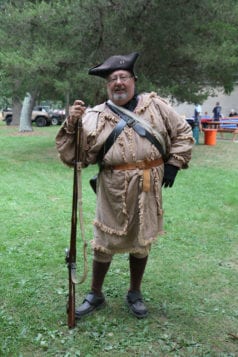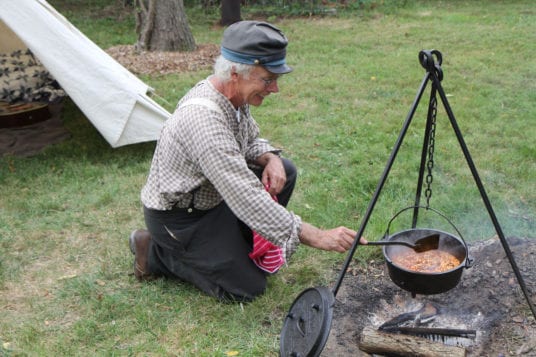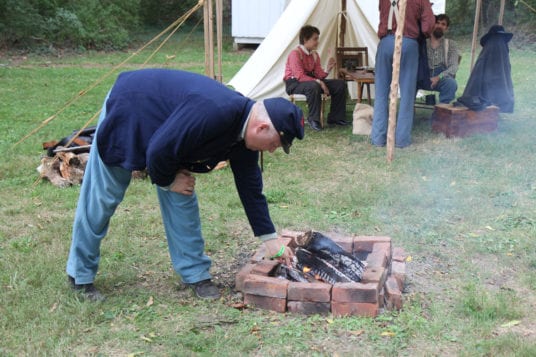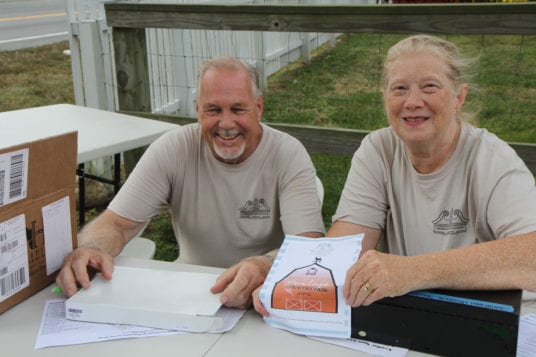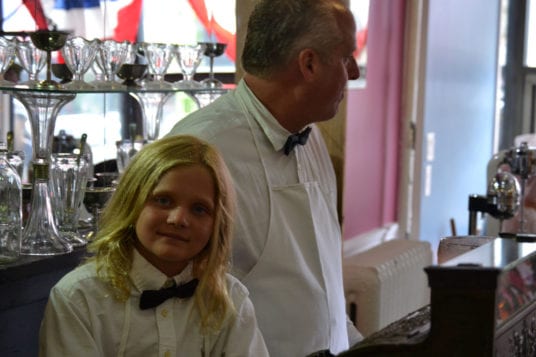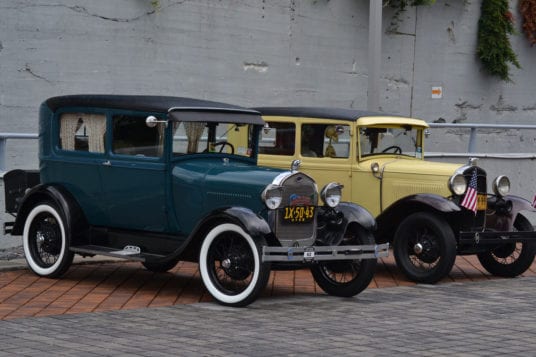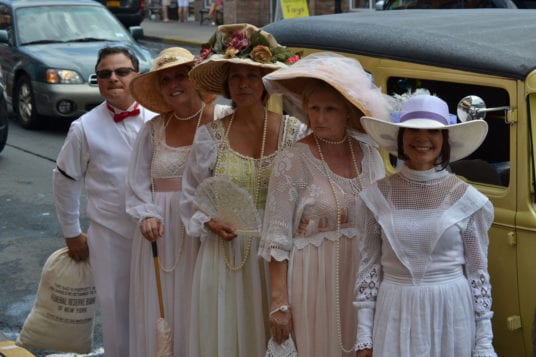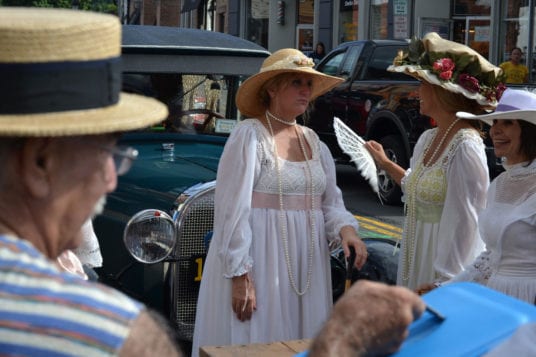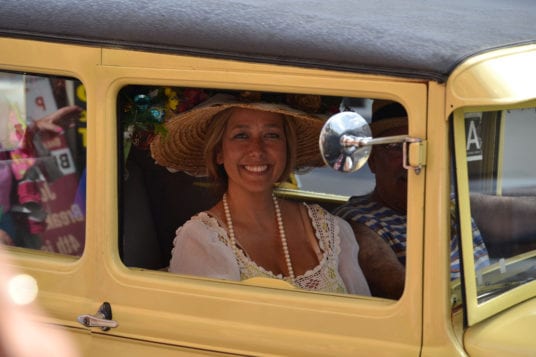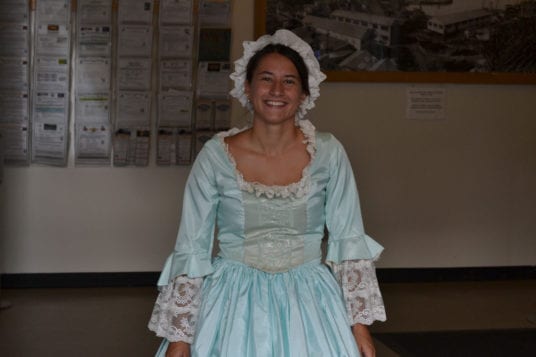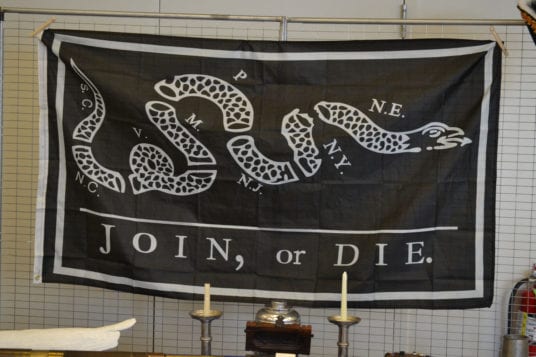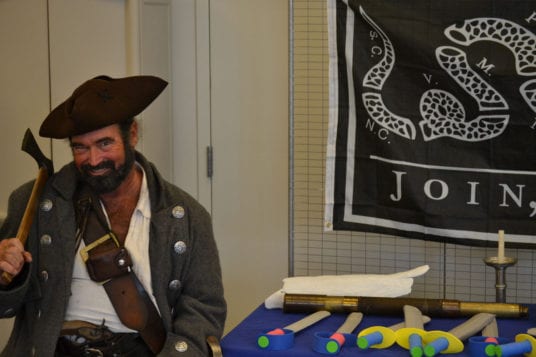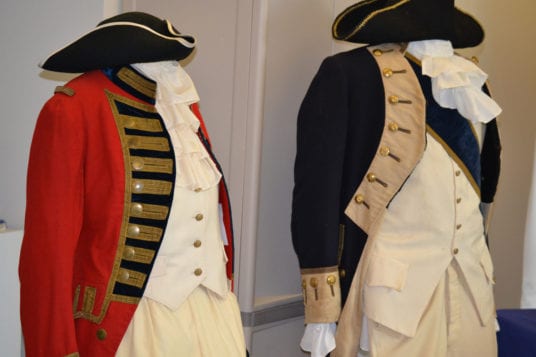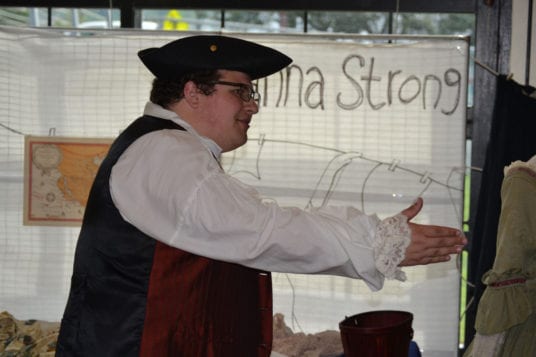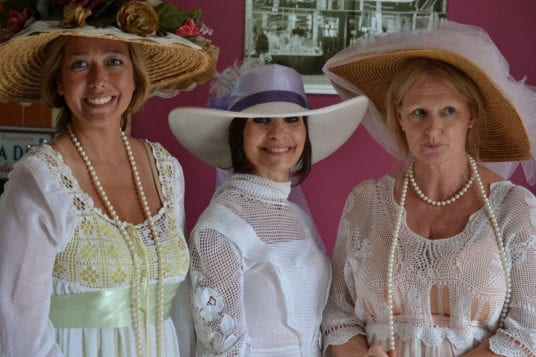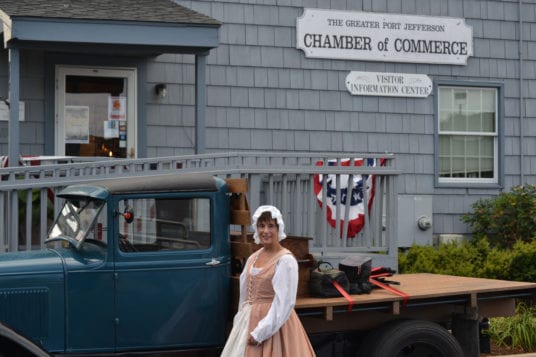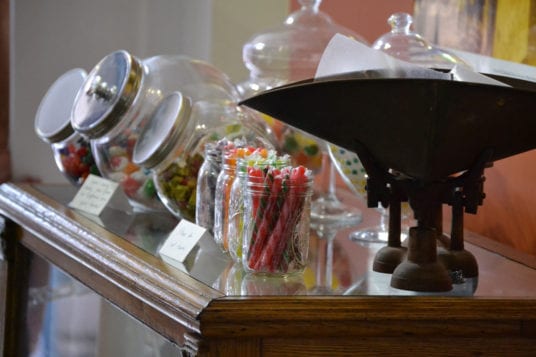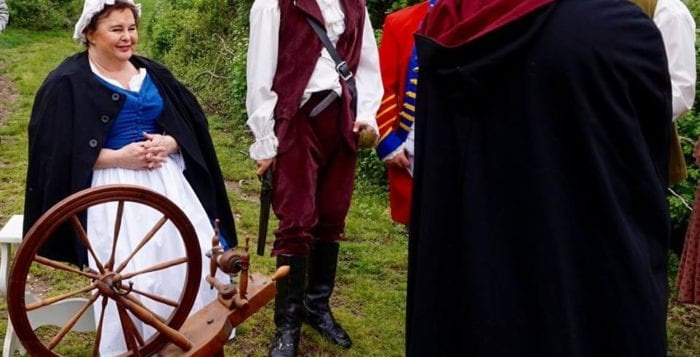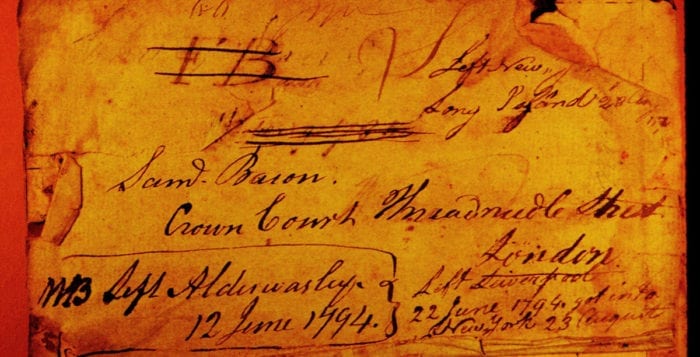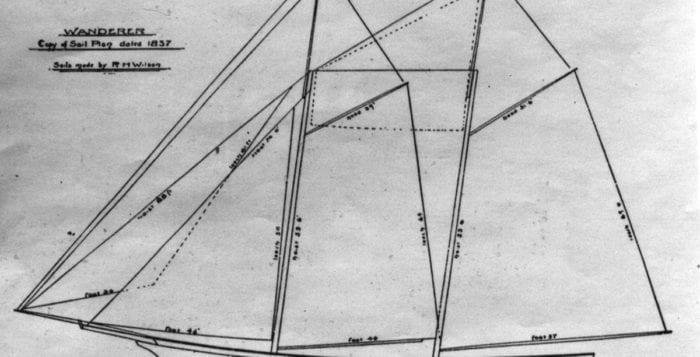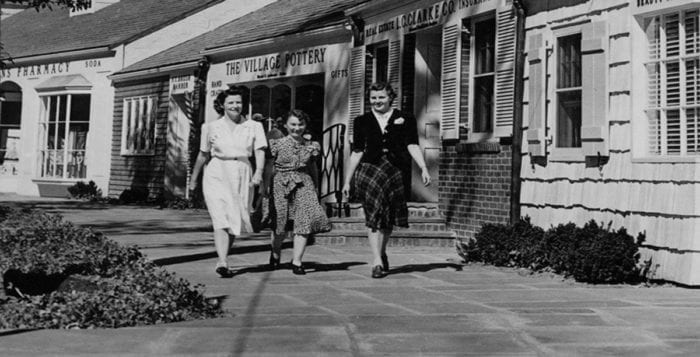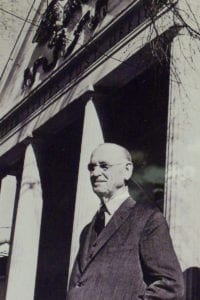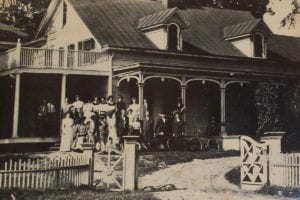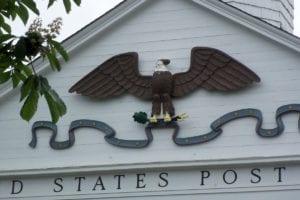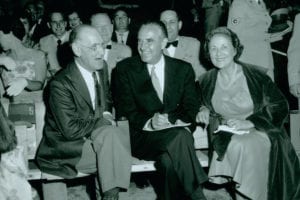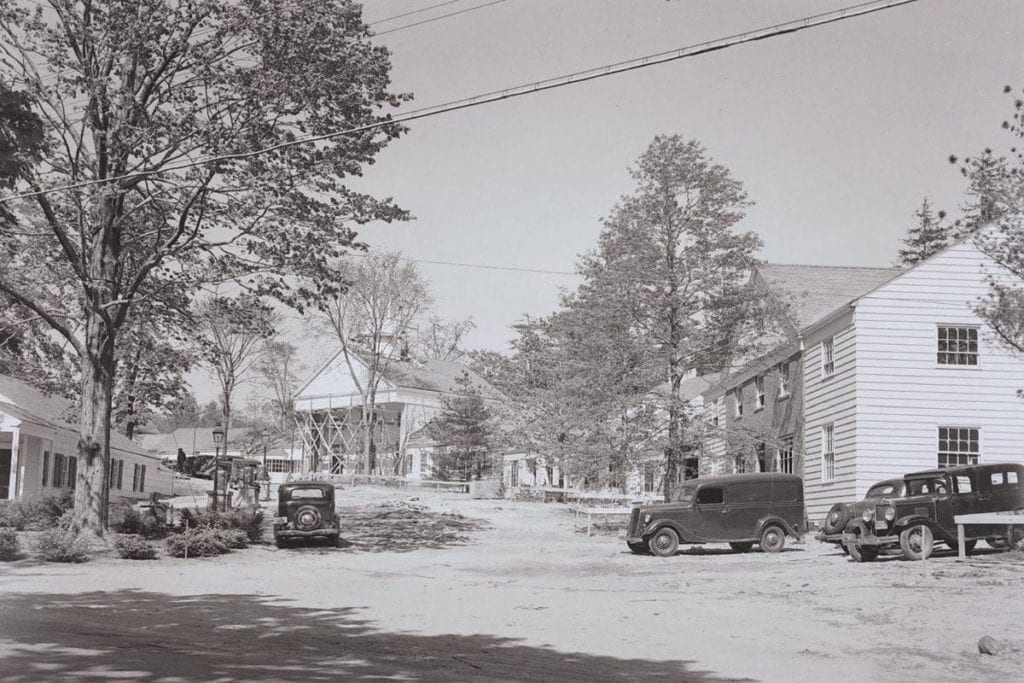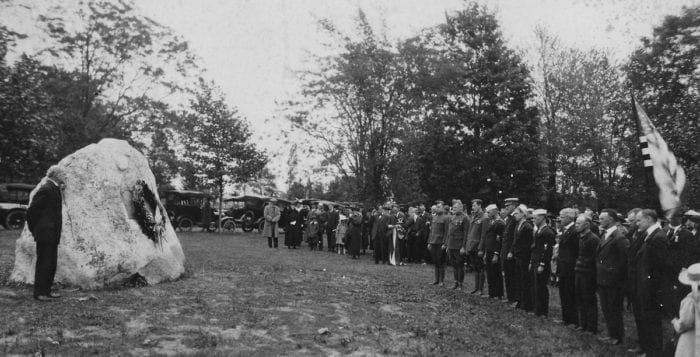By Desirée Keegan
Captain Casey Schmitt continues to sprinkle her name throughout Mount Sinai’s record book.
The senior forward scored three goals to help the Mustangs to their first Suffolk County title over Harborfields Nov. 1. Her hat trick goal was the game-winner in the first 10-minute overtime session.
“It’s the greatest thing to ever happen to me,” she said following the victory. “We just made history.”
“Harborfields thought we got lucky, but we showed them. We came out with intensity and proved to people right away why we’re here.”
— Casey Schmitt
The No. 4 Mustangs upset No. 1-seeded and previously undefeated Islip on penalty kicks to reach the county finals for the first time. Schmitt scored the game-tying goal in that matchup. The team then found itself up against the No. 2 Tornadoes, which hadn’t lost a game since its first matchup of the season.
“A lot of the teams tend to underestimate us,” said junior goalkeeper Caiya Schuster, who made 12 saves in each of the last two games. “They say, ‘Mount Sinai, who’s that? What have they done?’ In a sense, yeah, we’re the underdogs, but we definitely don’t let the other team think we’re the underdog. As soon as we come out, we try to do all that we can. We show them this is Mount Sinai and this is what we’re capable of.”
Schuster and her team did just that. She scored her first goal in the 19th minute, after Harborfields goalkeeper Ava McKane came out of the box to make a save. Schuster pushed through when McKane failed to secure the ball, just like her head coach Courtney Leonard always advises the girls to do.
“The three goals speaks for itself,” Leonard said of her co-captain. “Casey knew what she had to do, and she got it done.”
Schmitt scored again in the 28th minute to make it 2-0, but Harborfields’ Caroline Rosales wasn’t going to let her team go down without a fight. She scored in the 38th minute, and added the equalizer 10 minutes later when she dribbled through Mount Sinai’s defense and beat Schuster.
“In a sense, yeah, we’re the underdogs, but we definitely don’t let the other team think we’re the underdog.”
—Caiya Schuster
“Islip didn’t take us seriously, and we beat them,” Schuster said. “Harborfields thought we got lucky, but we showed them. We came out with intensity and proved to people right away why we’re here.”
With the score tied at the end of regulation, two 10-minute overtime sessions ensued. Schuster scored in the first, five minutes in, and her team defended for the final 15.
“We’re elated — each win gets better and better and shows that anything’s possible if you put your mind to it,” Leonard said. “It shows the leadership of this group of young women. They’ve led by example all year. From one end to the other we’re extremely strong, and [Schmitt and Schuster], along with their surrounding teammates, are so reliable. Winning the game last Friday, today’s victory, it’s a little piece of history for Mount Sinai and I’m so proud to be a part of it. The sky’s the limit.”
Mount Sinai will face Garden City in the Long Island championship Nov. 4 at St. Joseph’s College at 4 p.m.
While Schuster said she’s not an emotional person, she couldn’t help but cry as the announcer counted down the final seconds. She’s hoping to come away with the same feeling Friday.
“I love that my team doesn’t let the pressure and the fact that people underestimate us effect them,” Schuster said. “Everyone wanted it, not just for themselves, but for everyone else.”



















